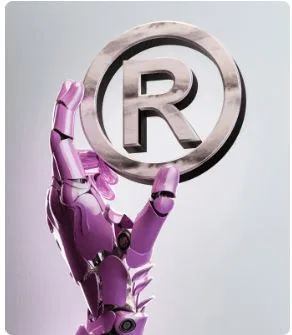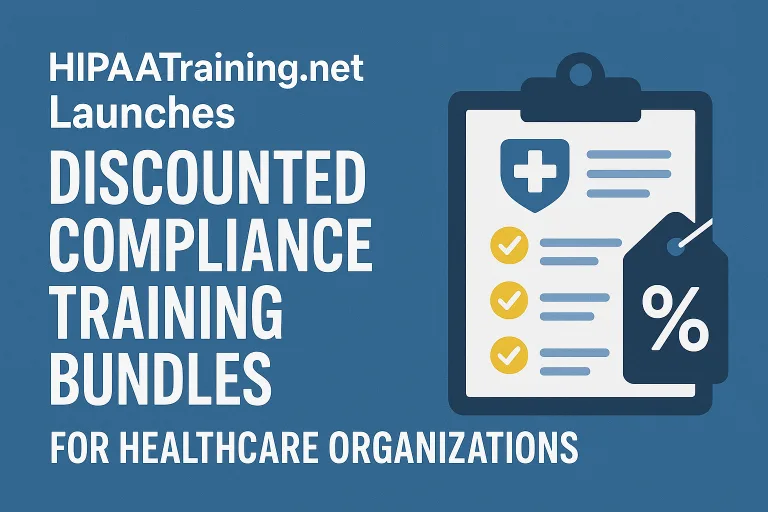How to register a trademark in Germany
Registering a trademark is one of the most important steps in protecting your brand identity, whether you operate a small startup, a growing e-commerce store, or an expanding multinational business. Strong brand protection enables you to enter new markets with confidence, prevent unauthorized use of your intellectual property, and build long-term commercial value.
If you’re planning to secure your brand in the German market, understanding how Germany trademark registration works is essential. From eligibility requirements to the exact filing steps, this guide walks you through everything you need to know to register a TM in Germany efficiently and strategically.
Germany offers one of the most respected trademark systems in Europe, and while the registration process is clear, navigating it smoothly often requires good preparation especially if you want to avoid office actions, delays, or conflicts with earlier marks.
Why Register a Trademark in Germany?
Germany is one of Europe’s largest and most competitive business landscapes, which means protecting your brand is not optional—it’s strategic. Registering a trademark grants you:
- Exclusive rights to use the mark within Germany
- The ability to stop others from using confusingly similar marks
- A stronger foundation for expansion into the EU and global markets
- The ability to license, transfer, or commercialize your brand assets
- Long-term protection (10 years, renewable indefinitely)
Because the German trademark system is closely tied to the EUIPO (European Union Intellectual Property Office), national registration also provides a path to broader EU protection later.
Understanding the German Trademark System
Before you begin the application, it helps to understand what the German Patent and Trade Mark Office (DPMA) requires. The DPMA is the authority responsible for examining, approving, and maintaining trademarks in Germany.
A trademark in Germany can protect:
- Words, phrases, or names
- Logos and figurative marks
- Colors or color combinations
- 3D shapes
- Sound marks
- Motion marks
- Multimedia marks
- Patterns and holograms
This wide range of options ensures businesses of all types can secure their unique brand assets.
Step-by-Step Guide: How to Register a Trademark in Germany
Below is a simple, practical, and clear overview of the complete process for trademark registration in Germany.
Step 1: Check if You Qualify for a Trademark
To be approved, your trademark must be:
- Distinctive (not descriptive of goods/services)
- Not misleading
- Not identical or confusingly similar to existing marks
- Representable in the registry (as an image, text description, audio file, etc.)
Descriptive or generic trademarks such as “Fresh Bread” for a bakery are usually rejected.
Step 2: Conduct a Comprehensive Trademark Search
A trademark search is the most important preparation step. Many applications fail because the applicant did not check for existing marks.
You should search for:
- Identical marks
- Similar marks visually, phonetically, or conceptually
- Existing EU trademarks that may conflict
- International marks protected in Germany
This is also the point where many companies choose to hire trademark registration experts in Germany, as a professional search helps avoid costly objections later.
For international expansion plans, some businesses also review options for Global Trademark Registration Services, ensuring they can scale the brand without encountering conflicts abroad.
Step 3: Define Goods and Services (Nice Classification)
The DPMA follows the Nice Classification, a global system with 45 trademark classes:
- Classes 1–34: goods
- Classes 35–45: services
Accurate classification matters because your rights only apply to the goods/services you list.
When preparing your application:
- Use clear, specific descriptions
- Avoid overly broad terms
- Review competitors’ classifications
- Consider long-term expansion
Choosing the right classes can significantly impact your brand’s strength and protection strategy.
Step 4: Prepare Your Trademark Application
The application requires:
- Applicant details
- Clear representation of the trademark
- List of goods/services
- Preferred classes
- Priority claims (if any)
- Payment of fees
You can file:
- Online via the DPMA website (recommended)
- On paper (slower and more expensive)
At this stage, many companies work with local attorneys or rely on trademark registration services in Germany to ensure accuracy and avoid rejections.
Step 5: File Your Application with the DPMA
Once the documents are ready, you can file a TM in Germany through:
- DPMA online filing system (DPMAdirektWeb)
- Electronic signature (optional)
- Full digital submission of files and supporting documents
Fees vary based on the filing method and number of classes selected. Adding extra classes increases the cost, so strategic selection is key.
Step 6: DPMA Examination Phase
After submission, the DPMA examines your application for:
1. Formal Requirements
Whether the application is complete and all fees are paid.
2. Absolute Grounds
These include distinctiveness, descriptiveness, misleading elements, or conflicts with public order.
Important:
The DPMA does not check for earlier conflicting trademarks. Owners of earlier marks must monitor the registry and oppose it if needed.
Step 7: Trademark Publication
If the DPMA finds no formal or absolute issues, the trademark is published in the official register.
Publication triggers a three-month opposition period.
During this period:
- Owners of earlier marks may oppose
- You may negotiate coexistence agreements
- You may modify or narrow your list of goods/services
Proper monitoring or legal representation helps navigate this stage successfully.
Step 8: Registration and Certificate Issuance
If no objections are raised within the opposition period, or if all disputes are resolved, the trademark becomes officially registered.
You will receive:
- A digital or paper registration certificate
- Confirmation of protection for 10 years
- Rights to enforce against infringers
- Rights to license or assign the trademark
Your brand is now legally protected in Germany.
Germany Trademark Registration: Timelines and Costs
Timelines vary but generally follow:
- DPMA review: 4–6 months
- Opposition period: 3 months
- Final registration: typically within 6–9 months total
Costs depend on:
- Filing online or via paper
- Number of classes
- Optional expedited services
- Professional assistance
A well-prepared filing helps avoid delays, office actions, or added expenses.
Maintaining Your Trademark in Germany
Registration is only the first step. Proper IP maintenance solutions help ensure long-term protection.
Key responsibilities include:
- Renewing the trademark every 10 years
- Monitoring for infringing marks
- Updating ownership information
- Managing licensing agreements
- Recording changes (e.g., name, address)
- Ensuring continuous use to avoid cancellation
Failing to maintain your rights can lead to unintentional loss of protection.
When Should You Consider EU or International Trademark Protection?
A German trademark protects your mark only within Germany.
If your business plans to operate or sell abroad, consider:
1. EU Trademark (EUTM)
One filing protects you across all EU member states.
2. Madrid Protocol (WIPO) Filing
International protection in 190+ countries.
This is where Global Trademark Registration Services can provide strategic support, especially for companies planning rapid expansion or multi-market rollouts.
How Platforms Like iPNOTE Help with Registration
iPNOTE is a platform that helps businesses register and manage IP via local attorneys with transparent pricing and online onboarding.
Businesses use platforms like the iPNOTE platform to streamline:
- Trademark application filings
- Search reports
- Attorney communication
- Document management
- Renewals and portfolio maintenance
- International filings through a unified dashboard
Because the process is fully digital and attorney-supported, companies often reduce administrative workload and improve filing accuracy.
Practical Tips for a Smooth Trademark Application
To increase the likelihood of a hassle-free registration:
1. Conduct a Deep Trademark Search
Don’t rely only on basic searches—review phonetic and conceptual equivalents.
2. Avoid Descriptive Terms
Distinctive marks face fewer objections.
3. Prepare a Strong Brand Strategy
Identify future markets early, especially if you plan to expand into the EU or globally.
4. Choose the Correct Classes
Inaccurate classification leads to delays.
5. Monitor the Opposition Period
Respond quickly to challenges.
6. Use Professional Support
Local attorneys and structured platforms help reduce errors and improve efficiency.
7. Maintain and Renew on Time
Set reminders for the 10-year renewal period to avoid accidental expiration.
Example Scenario: A Startup Filing a Trademark in Germany
A software startup wants to protect its name and logo in Germany. It chooses to work with trademark services Germany providers to perform a professional search. After confirming no conflicting marks are registered, the company files its word and figurative mark in Class 42 (software as a service). The DPMA examines and publishes the mark, and no one files an opposition. The trademark is registered, and the company uses IP maintenance practices to keep its brand protected for the long term.
Final Thoughts: Securing Your Brand in the German Market
Trademark protection is essential for building a strong business presence in Germany. With a well-prepared filing strategy, accurate classification, and proper maintenance, your business can create long-term commercial value while preventing unauthorized use of your brand.
Whether you choose attorney support, rely on trademark registration services in Germany, or use a digital solution like the iPNOTE platform, the key is to stay organized, strategic, and proactive.
For businesses planning to expand into Europe or beyond, combining national protection with long-term Global Trademark Registration Services can help ensure your intellectual property remains secure across multiple markets.





